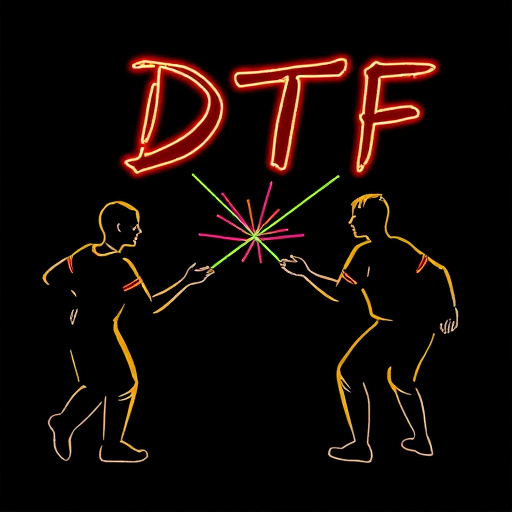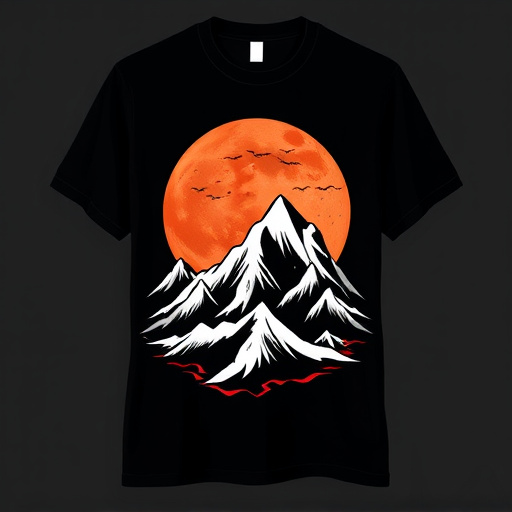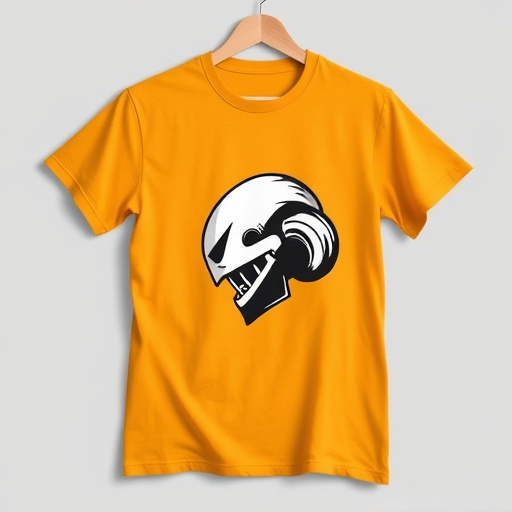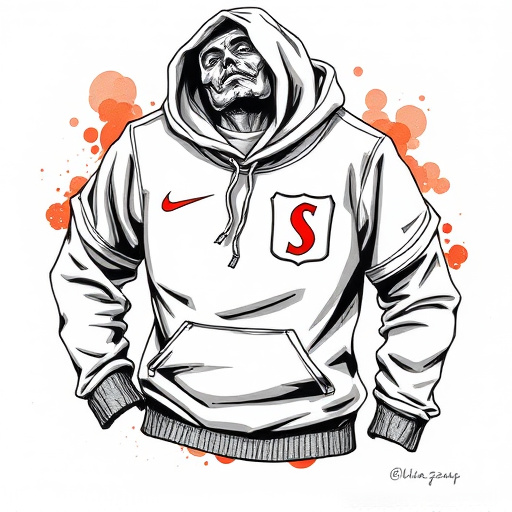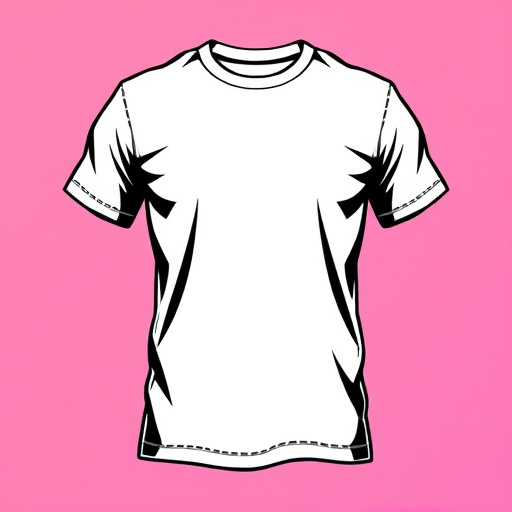Printing technology has advanced from slow offset printing to rapid, efficient, and customizable digital methods, with Direct to Film (DTF) transfer emerging as a significant game-changer. DTF heat transfer paper allows direct imaging on various substrates without traditional plates or screens, enabling the creation of personalized items like hoodies with intricate designs and vibrant colors in record time. This versatility is revolutionizing apparel, signage, and 3D printing, offering unparalleled precision, cost-effectiveness, and accessibility for designers and businesses.
The printing industry has undergone a remarkable metamorphosis, evolving from ancient woodblocks to modern digital technologies. Among these innovations, Direct to Garment (DTF) printing stands out as a game-changer. This article explores why DTF transfer benefits are poised to revolutionize the future of printing. We delve into the historical context, examine its versatile advantages, and uncover how DTF printing fosters on-demand customization, impacting various sectors from fashion to marketing.
- The Evolution of Printing Technology
- – A brief history of printing and its transformation over time
- – Introduction of DTG (Direct to Garment) printing and its initial impact
The Evolution of Printing Technology
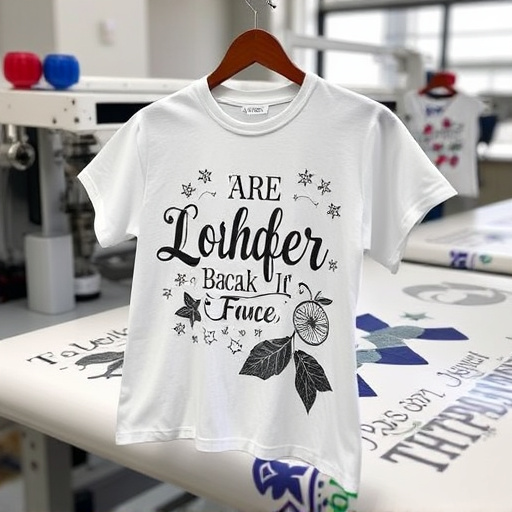
Printing technology has undergone a remarkable evolution, transforming from slow and labor-intensive processes to rapid, efficient, and highly customizable methods. The journey began with traditional offset printing, which, while still widely used, had limitations in terms of speed and adaptability. Fast forward to today, and we’re witnessing the rise of digital technologies that are reshaping the printing industry. Direct to film (DTF) transfer benefits, such as those offered by DTF heat transfer paper, have emerged as game-changers.
This modern approach allows for direct imaging on various substrates without the need for conventional plates or screens. As a result, businesses can now effortlessly create personalized items like direct to film personalized hoodies with intricate designs and vibrant colors in record time. The versatility of DTF transfer methods means that everything from apparel to signage and even 3D printing is being revolutionized, marking a new era in the world of printing where customization, speed, and efficiency reign supreme.
– A brief history of printing and its transformation over time
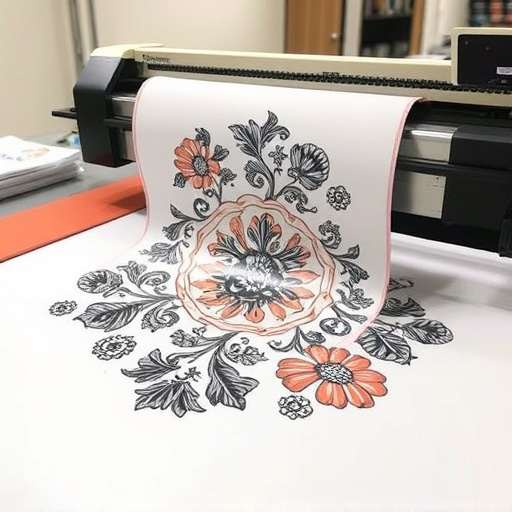
Printing has come a long way since its early beginnings, evolving from simple manual techniques to highly advanced digital methods. In the past, printing was a laborious and time-consuming process, with each page requiring meticulous handwork. However, with the advent of technology, the landscape has drastically transformed. The introduction of DTF (Direct to Fabric) transfer benefits has revolutionized the way we print on various materials, particularly in the apparel industry. This modern technique allows for precise, high-quality imaging directly onto fabrics, making it an efficient and cost-effective solution.
Historically, printing press innovations like Johannes Gutenberg’s movable type in the 15th century marked significant milestones. Fast forward to today, DTF printing for hoodies and other garments offers unparalleled precision and versatility. It enables designers and businesses to create unique, customized pieces with intricate details and vibrant colors. The direct application of designs via DTF transfer ensures a durable and long-lasting print, making it ideal for creating memorable apparel and accessories.
– Introduction of DTG (Direct to Garment) printing and its initial impact
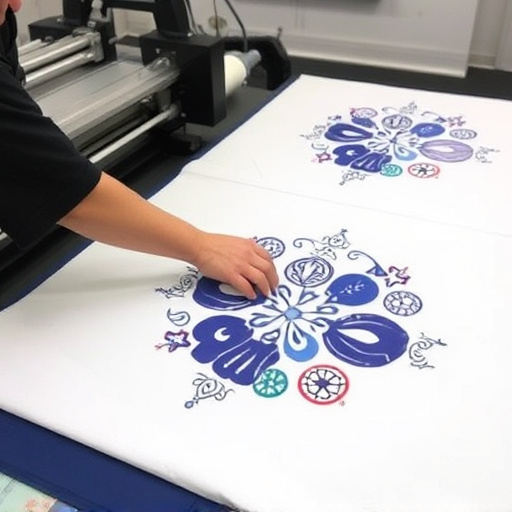
Direct to Garment (DTG) printing has emerged as a game-changer in the apparel industry, transforming how we design and produce custom garments. This cutting-edge technology allows for incredibly detailed and vibrant prints directly onto various materials, including fabrics. When it first made its debut, DTG printing offered a fresh alternative to traditional screen printing methods, captivating businesses and entrepreneurs alike with its efficiency and versatility.
The initial impact of DTG printing was particularly notable in the customization of clothing items like hoodies and t-shirts. It enabled small businesses and even individual artists to create unique, on-demand designs for dark fabrics without the need for elaborate set-up or costly equipment. This accessibility opened up a world of possibilities for custom DTG printing for hoodies and other garments, fostering creativity and personal expression in the fashion space.
As we look to the future of printing, it’s clear that DTF (Direct to Garment) transfer benefits are poised to revolutionize the industry. The evolution from traditional printing methods to DTG has already brought about significant advancements in quality, efficiency, and customization. With its ability to seamlessly integrate into modern production workflows, DTF technology offers a game-changing approach to garment decoration, enabling businesses to meet the demands of today’s dynamic market. By leveraging these DTF transfer benefits, printers can enhance their capabilities, expand their customer base, and stay ahead in this ever-evolving landscape.
